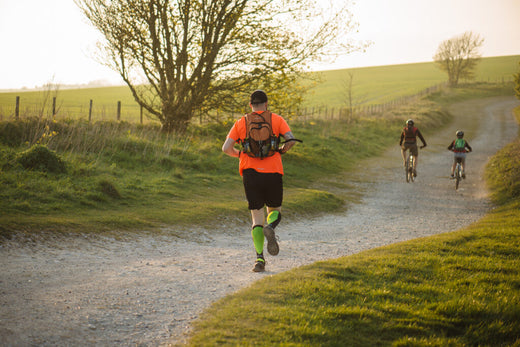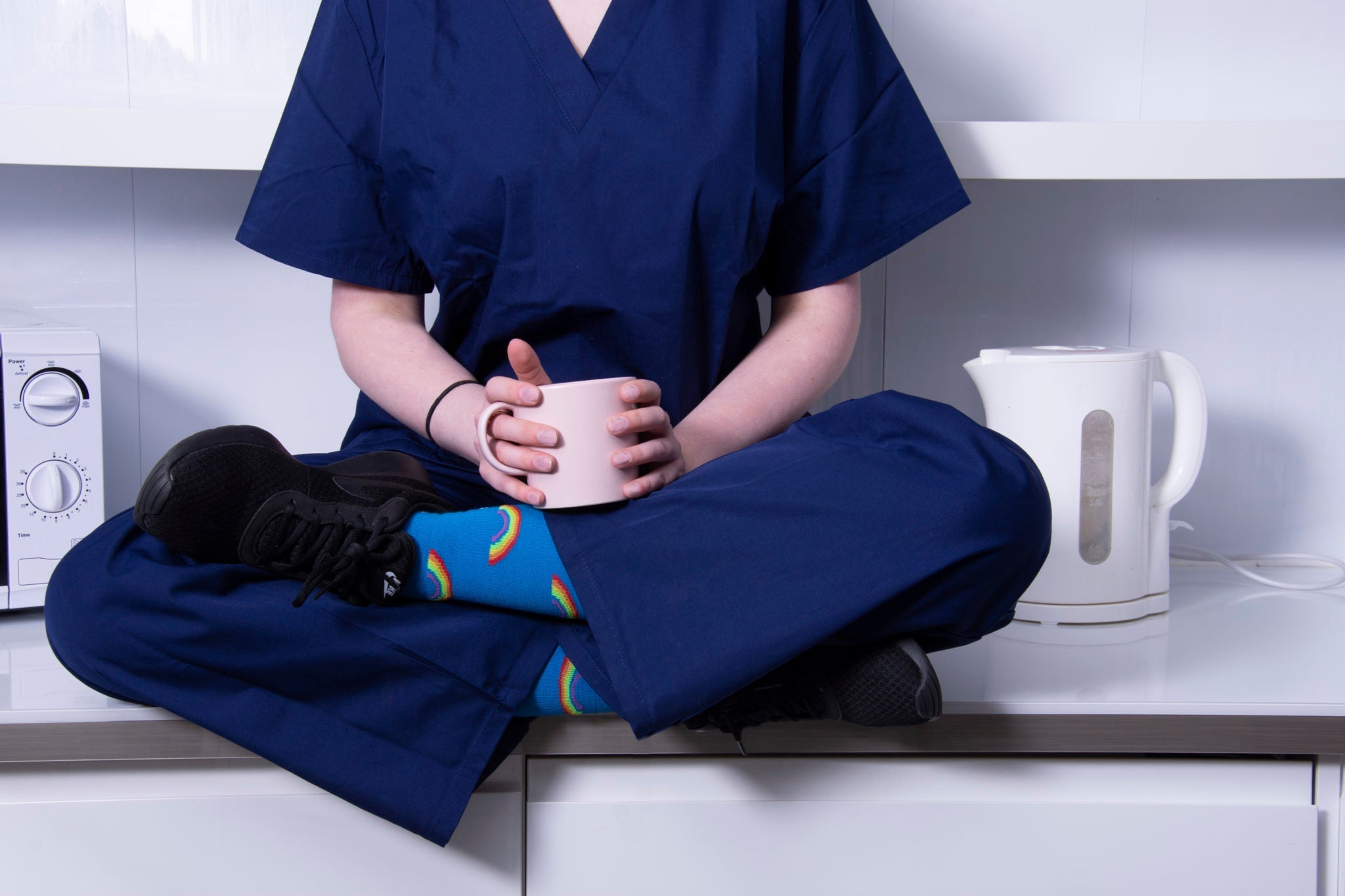What is DVT and How Can You Stop It?
What is DVT? You may have heard of it but are unsure what it means and what it looks like. In this blog post, we’re going to explore what DVT is, what the symptoms are, who is susceptible to it, and how you can prevent it. Read on to find out more.
What is DVT?
DVT stands for Deep Vein Thrombosis, and it happens when a blood clot forms deep within your veins, usually in the legs. While a clot itself can be serious enough, especially for those with underlying conditions, the real danger lies in the possibility of it breaking free and travelling to your lungs. This can potentially cause a pulmonary embolism, which in severe cases can be fatal.
What Causes DVT?
DVT doesn’t have a single cause, and there are many factors that can make somebody more susceptible to it. These include:
- Immobility: Sitting or lying down for extended periods, like during long flights or hospital stays, slows blood flow, increasing the risk of a clot forming. This is arguably the most common cause of DVT.
- Medical conditions: In some cases, conditions like heart disease, cancer, and inflammatory bowel disease can also raise the risk of DVT in an individual.
- Surgery: Undergoing surgery can increase the risk of DVT, primarily because of being confined to bed, or at least much less mobile, while you recover.
- Pregnancy and childbirth: Hormonal changes and increased pressure on veins in the legs during pregnancy make women more susceptible.
- Age: The risk of DVT naturally increases with age, especially so for those over 65.
- Smoking: Smoking has a myriad of awful side-effects, and one of them is the damage that can be caused to the walls of blood vessels. In turn, this can increase the risk of developing DVT.
- Obesity: Much like pregnancy, obesity also causes increased pressure on the veins and blood vessels in the legs. This, coupled with obese people’s reduced mobility, can increase the risk.
- Genetics: Unfortunately, some people simply have a genetic predisposition to clotting and are therefore at a higher risk of developing DVT.
Tips for Preventing DVT
Fortunately, in a lot of cases, the risk of developing DVT can be reduced by undertaking some basic steps and leading a healthy lifestyle. These steps can help reduce your DVT risk and include:
- Stay active: Regularly move your legs, even just by walking or doing ankle pumps, especially during travel or long periods of sitting such as in hospital, when travelling, at work or anywhere else.
- Stay healthy: By maintaining a healthy weight and following an active lifestyle, you can reduce your risk of developing DVT, as well as experiencing all the other health benefits.
- Wear DVT compression socks: DVT compression socks can be a great choice for the elderly, for hospital patients, for frequent flyers, and anybody else who is at a heightened risk. Compression socks for DVT apply gentle pressure to your legs, helping to improve blood flow, reduce swelling and soothe aches and pains.
- Stay hydrated: Drink plenty of fluids to thin your blood and prevent dehydration.
- Avoid tight clothing: Tight clothing can constrict blood vessels and restrict circulation around the body, so loose-fitting clothing is recommended when flying. This is especially important in situations with a higher risk of DVT, such as during a long-haul flight. Whilst it sounds counter-intuitive, compression socks can help those at higher risk of DVT by applying gentle pressure which helps to improve circulation and decrease the likelihood of clots forming in the lower legs.
- Elevate your legs: Raise your legs above your heart while resting to improve circulation. This is especially important if you’re recovering from injury or are otherwise less mobile.
Can Compression Socks Help With DVT?
Wearing compression socks has been scientifically proven to alleviate and prevent DVT. If you have any underlying conditions, it’s important to consult your doctor before using them. Our range of high-quality, stylish DVT compression socks is designed to support your well-being and help prevent DVT. Crafted from breathable, comfortable materials such as cotton or sustainable bamboo, these socks provide graduated compression throughout your leg, promoting healthy blood flow and reducing swelling. It’s recommended to aim for compression levels between 30 and 40 mmHg for your compression socks.
FITLEGS socks cater to various needs and preferences, offering different lengths, compression levels, and stylish patterns to choose from. They’re suitable for travel, work, everyday wear, and can even be worn during pregnancy.


